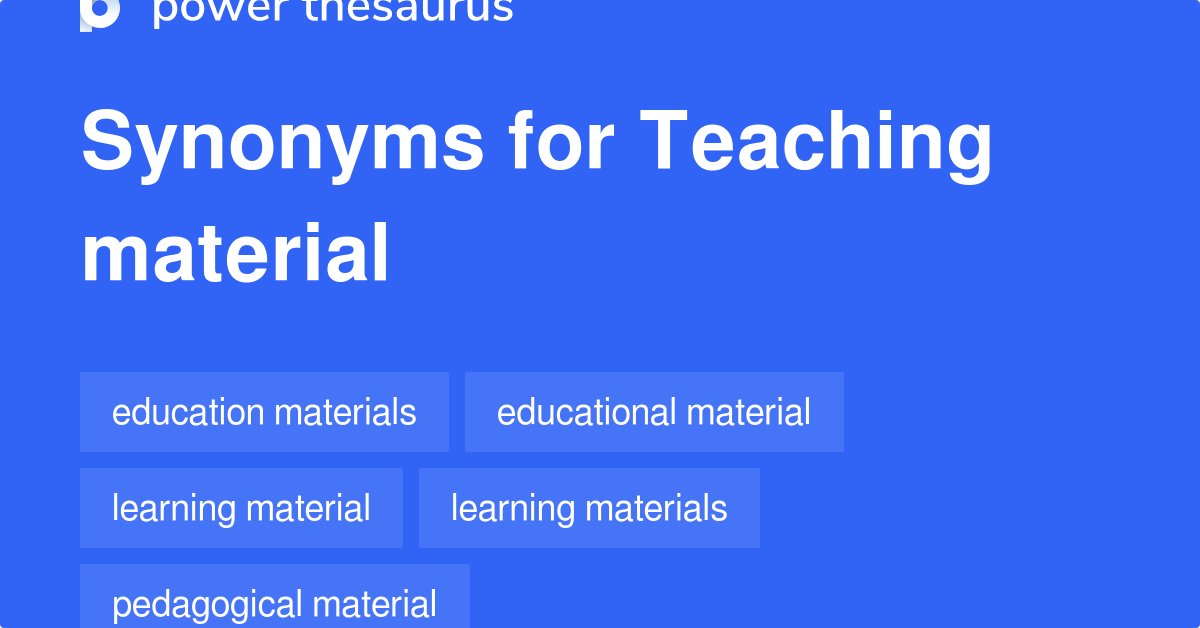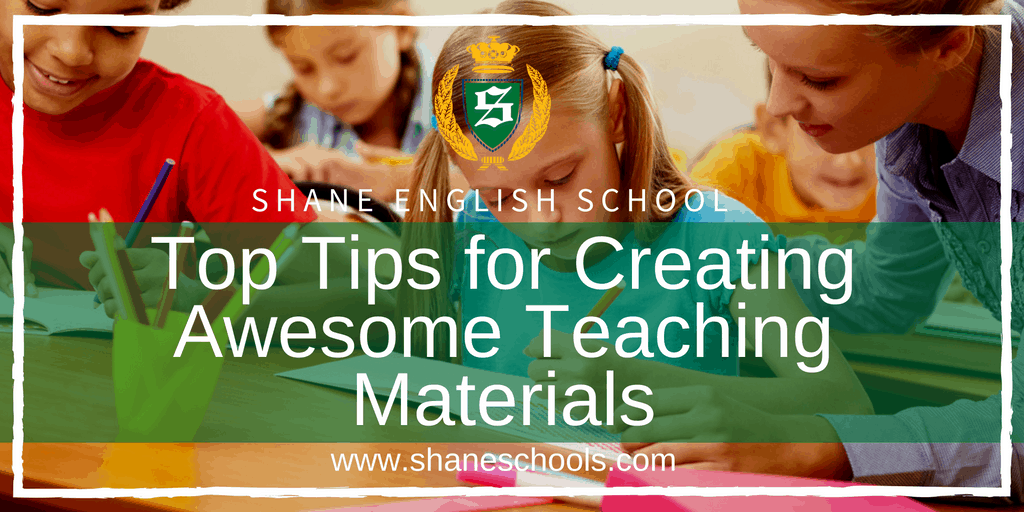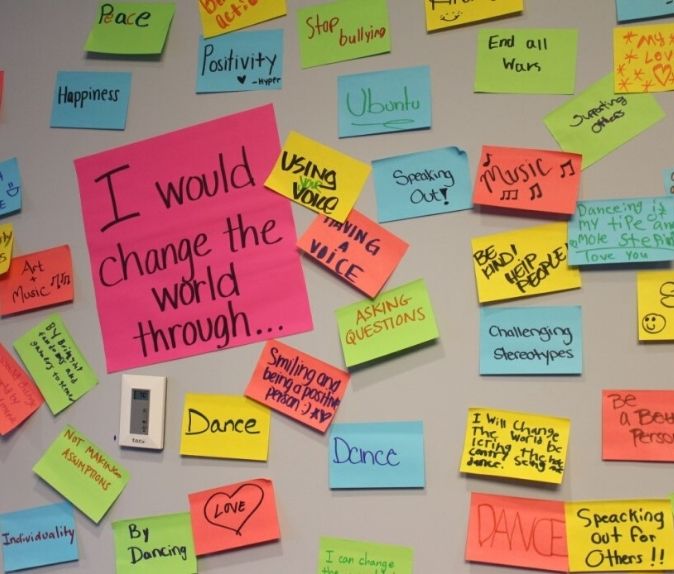Free Suggestions For Deciding On Italian Kindergarten Teaching Support
Wiki Article
What Workbooks, Textbooks, As Well As Other Books Are Necessary For Italian Preschools?
Italian preschools typically rely on a play-based environment, and they do not have workbooks or textbooks. While books aren't essential to children's development but they can inspire a love of learning and aid in developing their language skills. Here are a few types of books which may be useful to Italian kindergartens. Picture books can help develop young children's imagination, vocabulary and enthusiasm for learning. They usually feature attractive illustrations and easy-to-understand texts.
Board books - These books are thick in their pages and are meant for younger youngsters who might not be able to handle books. They are great as a way to introduce children topics, including shapes, animals, colours and numbers.
Nursery rhymes, songs, and music: Songs and rhymes are important for the development of young children. They are a great way to increase their vocabulary, memory and social abilities. Italian nursery schools can use song and rhyme books as part of their routine activities.
Books about diversity and inclusion: It is important for young children to be exposed to diversity and inclusion at an young age. Children can learn empathy, tolerance and respect when they read books that feature characters from different backgrounds, cultures, or abilities.
Italian languages books. Italian nursery schools use books written in Italian as a way to aid children in developing their language abilities and learn the language. These books may include simple stories or picture books and also books that include Italian nursery rhymes and songs.
It is essential to select books that are age appropriate interesting, entertaining and relevant to culture for young children at kindergarten. Teachers and caregivers may also make use of books to spark children's interest and encourage them discover new themes and topics. See the best materiale didattico italiano for website advice.
What Math-Related Teaching Materials And Tools Are Recommended For Italian Nurseries
It is possible to assist youngsters develop their spatial, mathematical, problem-solving, and other skills through the use of math-related educational materials. A few examples of suggested materials include: Counting manipulations: Counting manipulatives, such as counting bears and blocks can help children develop their skills in counting along with fine motor skills and their hand-eye coordination.
Charts, number cards: Use charts and cards to teach your children to count and learn numbers. It is possible to use large, vibrant numbers on the wall, or smaller ones that children can play with and manipulate.
Shape manipulatives: Shape manipulatives such as wooden puzzles, magnetic tiles and pattern blocks can help children develop their spatial reasoning abilities and gain knowledge about various shapes and the properties they possess.
Measuring tools: Tools like rulers, tapes for measuring, and scales can assist children understand measurement and compares and help develop their mathematical vocabulary.
Simple puzzles and games simple games and puzzles like dominoes, matching games and jigsaws can aid in the development of children's problem-solving skills, as well as their attention to detail and concentration.
Technology-based tools: Technology-based tools like tablets that include educational math applications and other games can be used to engage children and offer additional resources to help them learn.
Make use of these resources in an age-appropriate way, and make sure they are suitable and safe for children. These materials are perfect for parents and teachers who are looking to develop fun and interactive games in math that spark children's curiosity. Check out the most popular schede didattiche matematica for site info.

What History Educational Cards Are Recommended For Italian Nursery Schools?
History didactic cards can be an effective tool to introduce youngsters in Italian nurseries to the basics of historical concepts. Below are some examples of history-related educational cards that are suggested: Famous person cards: Famous people cards can help children learn about the most important people of the past like scientists, artists, explorers as well as political leaders. They could feature images of people and also information about the lives and achievements of those individuals.
Timeline cards: Timeline cards aid children in understanding the order of events and how historical events are interconnected. They could include images of key events and dates.
Cultural cards: Cultural cards can aid children in learning about various customs and cultures of the past and the present. They can include images of traditions and customs including traditional food clothes, music, or clothing.
Artifact cards. These cards aid children to visualize and understand historical events, and their methods of living. They may feature images of objects from different cultural periods and time periods.
Map cards are a fantastic way to help children learn about the history and geography of different regions and countries. Maps on these cards could include with historical details as well as illustrations.
It is crucial to choose the right history-related educational materials that are suitable for children's age, entertaining and engaging for younger children. Teachers and parents can make use of these cards to design engaging and interactive activities about history that will increase children's interest and fascination for the past. Check out the most popular materiale didattico storia sostegno for blog advice.

What Are The Best Geography Cards For Italian Kindergartens?
Geography educational cards can be a useful tool for introducing young children in Italian nurseries to the basic concepts in geography. Here are some types of educational geography cards to take into consideration such as The continents. These cards can assist children in learning about the various continents of the world. They also teach them their geographical location as well as other natural attributes.
Country Cards: These cards aid youngsters to understand the different countries they live in, their flag as well as their language and culture.
These cards can help kids discover landmarks, natural features, and their significance around the globe.
Animal cards: Animal cards help children learn about different species of animals and their habitats across the globe, and also their diet, behaviors and adaptations.
Weather cards: Kids can learn about different types and the effects of weather on the earth. This includes natural disasters.
Natural resource card: Kids can learn more about the benefits of various natural resources like water and forests.
Choose geography cards that are appropriate for your age active, fun and suitable for young kids. Teachers and caregivers can make use of these cards that are interactive to design activities in geography that stimulate children's enthusiasm and curiosity for discovering more about the world. View the recommended schede didattiche geografia for website info.

